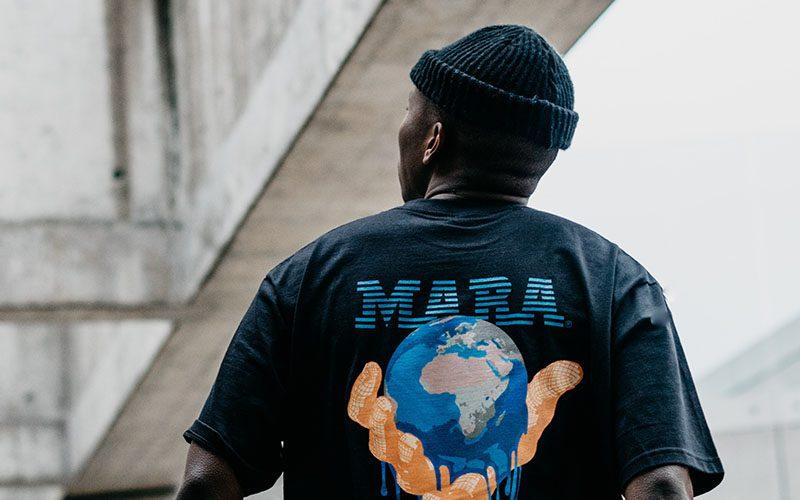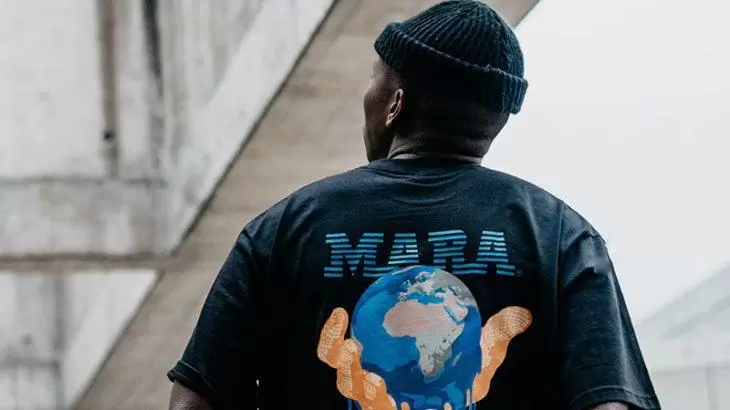
Choosing a print method for your custom clothing can seem daunting and we are asked frequently about the difference between DTG printing and screen printing. If you are new to garment printing, it is best to keep an open mind and ask your printer which method would be best for you based on your requirements as there are several factors that go into choosing the best print method. But if you are interested in learning more about the differences between them, let’s dig a little deeper.
Is DTG printing or Screen Printing Better?
The simple answer is that neither option is generally ‘better’ than the other. When done correctly, both DTG and Screen Printing produce vibrant and durable results. However, one option will be more suitable than the other depending on your requirements such as order quantity, garment type, the amount of colours in your design and your budget.
What is the difference between the DTG and screen printing process?
Both screen printing and DTG printing are popular methods for putting designs on garments, but they have distinct differences when it comes to the way they achieve this.
Screen printing is a traditional method that uses stencils and ink. Each colour in the design requires a separate stencil, which is placed on a screen and pushed through with ink, layering it onto the fabric.
DTG (direct-to-garment) printing is a digital method that is similar to an inkjet printer (although much, much bigger) that directly sprays ink onto the garment. Similar to a home printer, it applies the design in full layers based on your digital file.
Which is cheaper – screen printing or DTG?
Both print options can be economical, it really depends on your order quantity and design.
For smaller orders, generally under 100 units, DTG printing will often be the most cost effective method as the cost is not dependent on the amount of colours in your design. This means that you can have a one colour design or a photographic print for the same unit cost. At A.M Custom Clothing we have no minimum order quantity (MOQ) for DTG printing so it is perfect for small or sample orders.
If you are ordering a large quantity with a simple design then screen printing will likely be more economical. For each colour in a screen printed design a new screen needs to be created which can increase the price quite quickly if you have a complex design. However, due to the economies of scale, screen printing becomes very economical on large orders as this cost is spread across the order. Screen printing inks are generally cheaper than DTG inks as well, helping to bring down the cost on bulk orders.

Is screen printing or DTG printing more versatile?
Versatility in terms of print placement and colours available can be a deciding factor between DTG and screen printing. DTG printing is great for complex prints with many colours, however, it is not suitable if you require metallic or neon inks. There are a large variety of screen print inks available which allow for these more unique colours and they also allow for Pantone matching the inks which is great for printing branded merchandise where specific colours are required.
Some clients have concerns that DTG prints will only work on light-coloured garments. However, at A.M Custom Clothing we use a base coat on darker garments which ensures that your prints stay vibrant and clear even on black T-shirts.
Does screen print or DTG printing produce larger prints?
Screen printing also has more versatile placement options including sleeve and inside neck prints as well as the more traditional front and back prints. On the other hand, DTG printing is only really suitable for front and back prints. However, neither option is suitable for printing across seams. Whilst screen printing and DTG printing can both produce fairly large print areas up to 40x50cm, if you require larger print areas or seam to seam printing then sublimation printing may be more suitable.

Which fabrics work best for screen printing and DTG printing?
Screen printing is a versatile option as it can be used on a wide range of fabrics including cotton, polyester, bamboo and spandex and will produce great quality and durable results on them all. On the other hand, DTG printing is only really suitable for high-percentage cotton garments. We recommend garments with at least 80% cotton for the best results but some printers are now experimenting with DTG machinery capable of printing on to polyester so we might see a wider fabric range for DTG printing in the near future. Given the correct care, DTG and screen prints will last as long as the garments themselves. Take a look at our Help Centre article ‘Is DTG printing durable’ to see just how durable our DTG prints are.
Is Screen printing or DTG more sustainable?
At A.M Custom Clothing both our Screen Printing and DTG inks are vegan friendly. We use water-based NeoPigment™ inks for DTG printing that are free of heavy metals, formaldehyde, and APE, making them non-toxic and biodegradable. Our DTG printing is significantly less water-intensive than other print processes, with zero water wastage.
Screen printing can be done with either water-based or plastisol inks depending on your preference. Our plastisol inks allow us to scoop up any excess ink to be reused in the future which keeps wastage to a minimum. Many cheaper solvent-based inks contain harmful compounds and endocrine disruptors (phthalates) that are damaging to the environment. That’s why we use 100% Phthalate free screen printing inks. You can be confident that whether Screen Printing or DTG printing with A.M Custom Clothing your prints will meet the highest environmental standards.
Summary – which process should you choose?
Unless you require a very specific finish or are a print expert yourself, we’d recommend leaving the selection of the print method up to our expert print team. As ultimately both DTG and Screen printing are great processes to get your design onto a garment, and neither is ‘better’, they’re just suitable in different circumstances. If buying through our online shop, our clever system will figure out the best print method based on the product fabric and quality.


